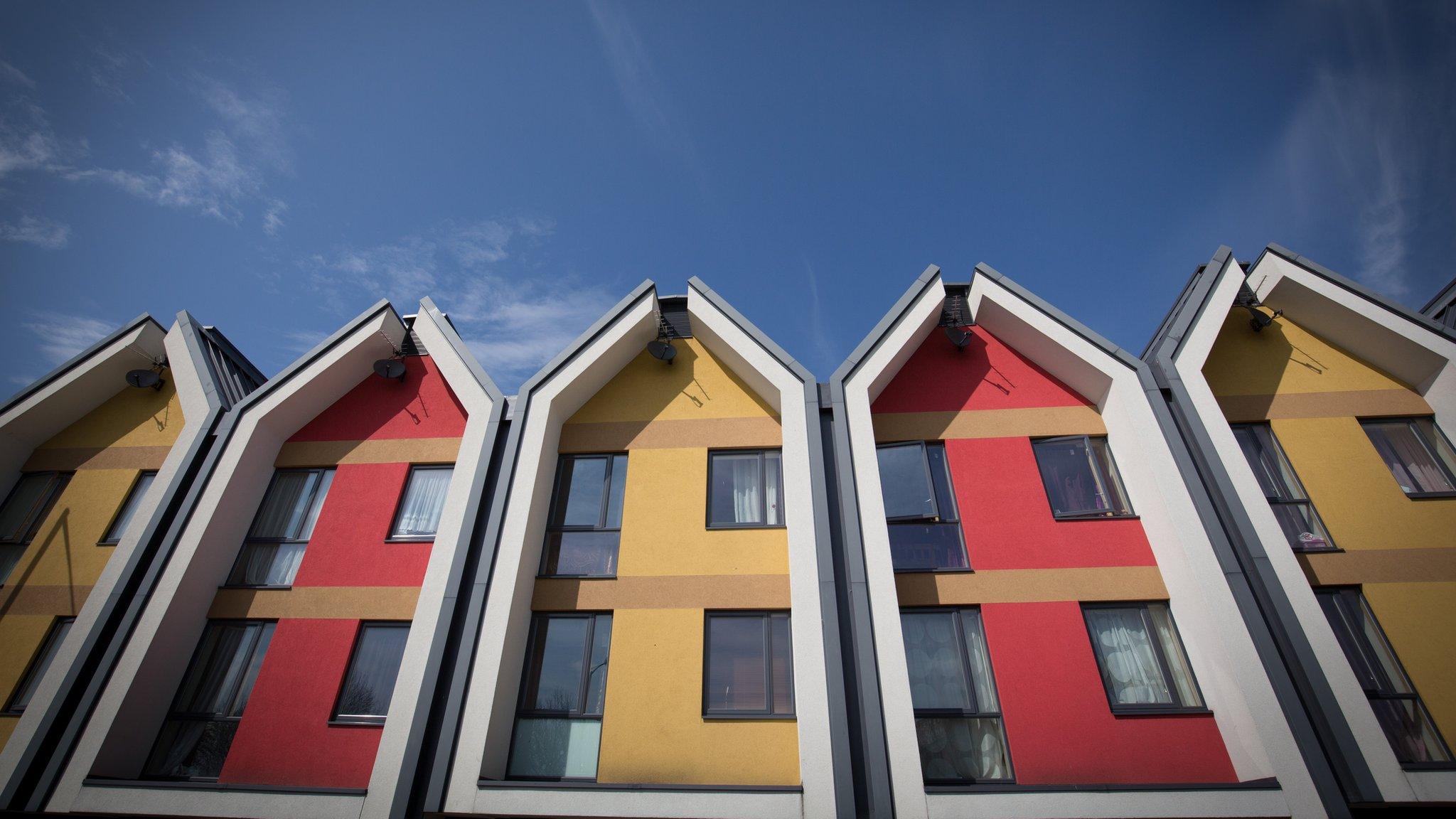Town halls buy back Right-to-Buy homes
- Published
- comments
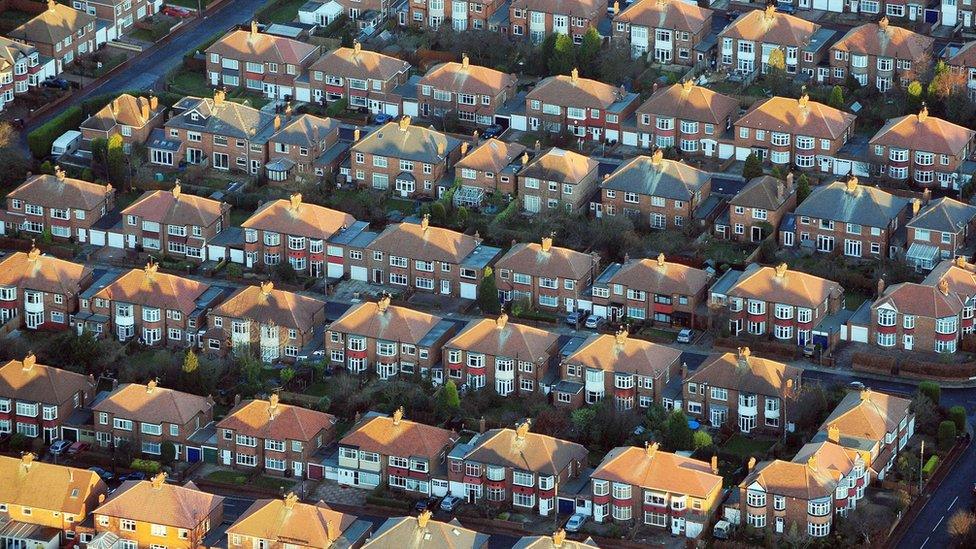
The Right-to-Buy policy has been blamed for contributing to the lack of affordable housing
Councils have spent millions buying back homes they sold at a discount under Right-to-Buy laws to meet housing shortages.
Islington council spent more than £6.2m buying back homes it sold to people for less than £1.3m, a Freedom of Information request reveals.
Housing charities blame a lack of investment in social housing.
The government has vowed to build more affordable houses and in February called the current market "broken".
The Right-to-Buy policy was introduced by the Conservatives in the 1980s, allowing council house tenants to buy their homes at a discount.
BBC News looked at local authority areas where waiting lists rose for four consecutive years since 2011 and chose 10 at random.
One property in Islington in north London was sold for £17,600 in 2004 (at a discount of £26,400), and was bought back by the authority for £176,750 some 11 years later.
House prices there rose by 135% over that period, according to Rightmove.
Iona Bain, founder of the Young Money Blog, said: "The unfairness is accentuated by the fact that someone who could take advantage of Right to Buy has not only benefitted from living rent-free for 20 to 30 years but now can pocket inflated profits by selling at a time when councils are desperate for homes.
"They have lucked out from an extraordinary period of house price rises, unprecedented pressure on the housing system and major flaws in how this scheme was devised.
"If I was a young private renter struggling to pay my bills, let alone save for a deposit on my first home, I would be very angry."
Figures from the House of Commons Library, external show, as of 2016, affordable homes were not being replaced at the same rate they were being sold.

Of the 10 local authorities we questioned...

Islington sold 25 homes between 1989 and 2005 and bought them back in the past two years
Wakefield spent more than £2.5m on 35 homes it sold for more than £981,000
Camden bought back 29 homes for more than £2.5m, 11 of which had been sold originally for about £335,000
Cornwall spent nearly £438,000 on four properties
Oldham spent £60,000 on two flats it sold for £27,260 but also spent £100,000 refurbishing them for use as council homes
Copeland bought back two homes but was unable to reveal costs
Brighton and Hove, Medway and Bolton said they had not bought back any, while Isle of Wight said it no longer held any records

Meanwhile, Birmingham, one of the biggest councils in Europe, agreed in its budget to buy back Right-to-Buy homes when they became available - up to 200 in total.
Kate Webb, head of policy and research at housing charity Shelter, said: "Ironically, soaring house prices means councils are paying vastly inflated sums to buy back what they once sold off at a discount.
"If Right to Buy is to work, then it has to be accompanied by an iron-clad guarantee to replace properties sold on a like-for-like basis, otherwise councils simple won't have enough properties for all those families crying out for a home, and will be left paying the price for generations to come."
Paul Dossett, head of local government at Grant Thornton UK LLP, said the policy had been a "financial disaster".
He said: "When you consider the amount of people currently struggling to get on the housing ladder and the stretched finances of many councils due to increased demand across numerous services, these figures are unacceptable."

The history of Right to Buy
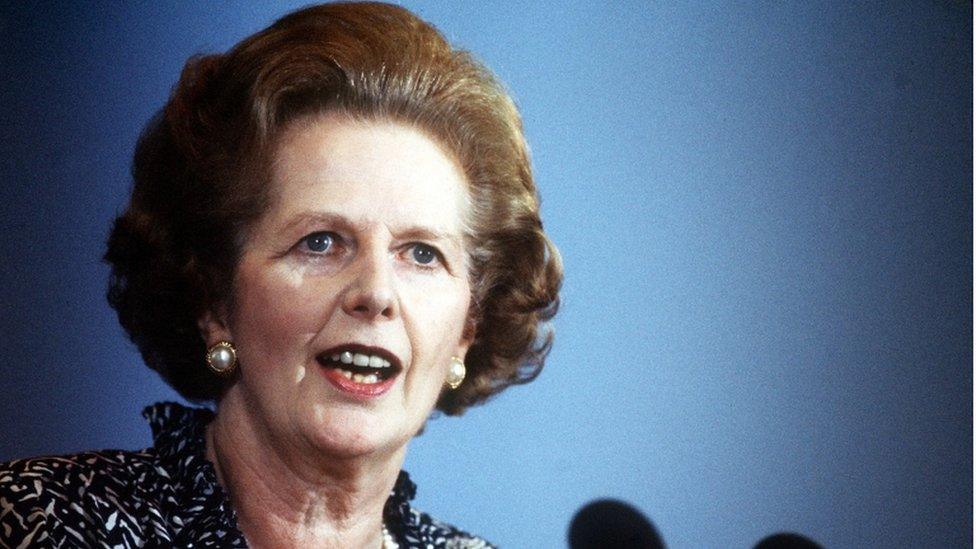
Selling public sector housing to sitting tenants was a signature policy of Margaret Thatcher's governments
The Housing Act containing Right to Buy came into force on 3 October 1980
Tenants who had lived in their home for up to three years were then offered a 33% discount on the market value of their council home, increasing in stages up to 50% for a tenancy of 20 years
The policy was seen as a major vote winner for Mrs Thatcher in 1979 and again in 1983
By November 1982 the government said more than 400,000 people had bought their council homes
In 1985, Labour dropped its official opposition to the scheme
There are now different discount levels, external for public sector tenants who want to buy their house or flats up to a maximum of 70%
The biggest discounts available are £78,600 across England or £104,900 in London boroughs (whichever is lower)

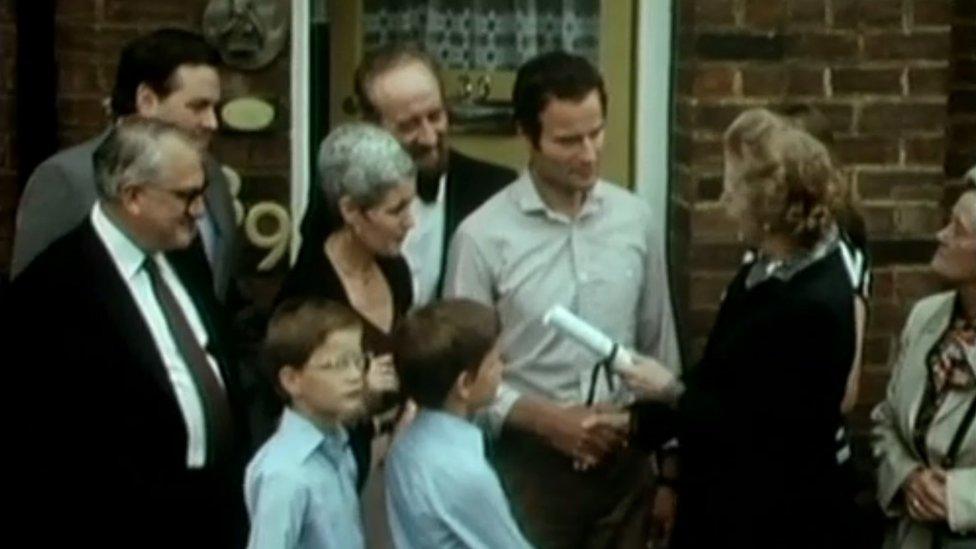
Margaret Thatcher personally handed over the first council house sold in 1980
The government has now extended the policy so housing association tenants can buy their own homes at a discount, fulfilling a pledge in the 2015 Conservative party manifesto.
Right to Buy has already been brought to an end in Scotland while in Wales the government is hoping to ban the scheme to reduce pressure on social housing. A separate scheme exists in Northern Ireland.
Islington councillor Diarmaid Ward, who has responsibility for housing, said the council had bought back properties "at the low end of the market".
"We're no longer buying back ex-council homes," he said. "We've now embarked on the biggest home-building programme in a generation: building 500 new council homes for social rent by 2019."
Camden's housing chief councillor Pat Callaghan said: "We intend to build over 1,000 council homes - but with 5,000 people on our waiting list, we need government backing to fully meet our residents' needs."
Labour party leader and Islington North parliamentary candidate Jeremy Corbyn promised to build a million new homes in five years if Labour were in power.
He said: "Homes built for social rent are at the lowest levels since official figures began.
"The Conservatives have failed to deliver a promised one-for-one replacement for homes sold through right-to buy - instead only one is being built for every eight sold."
The Conservative Party has been contacted for a comment.
- Published7 September 2016
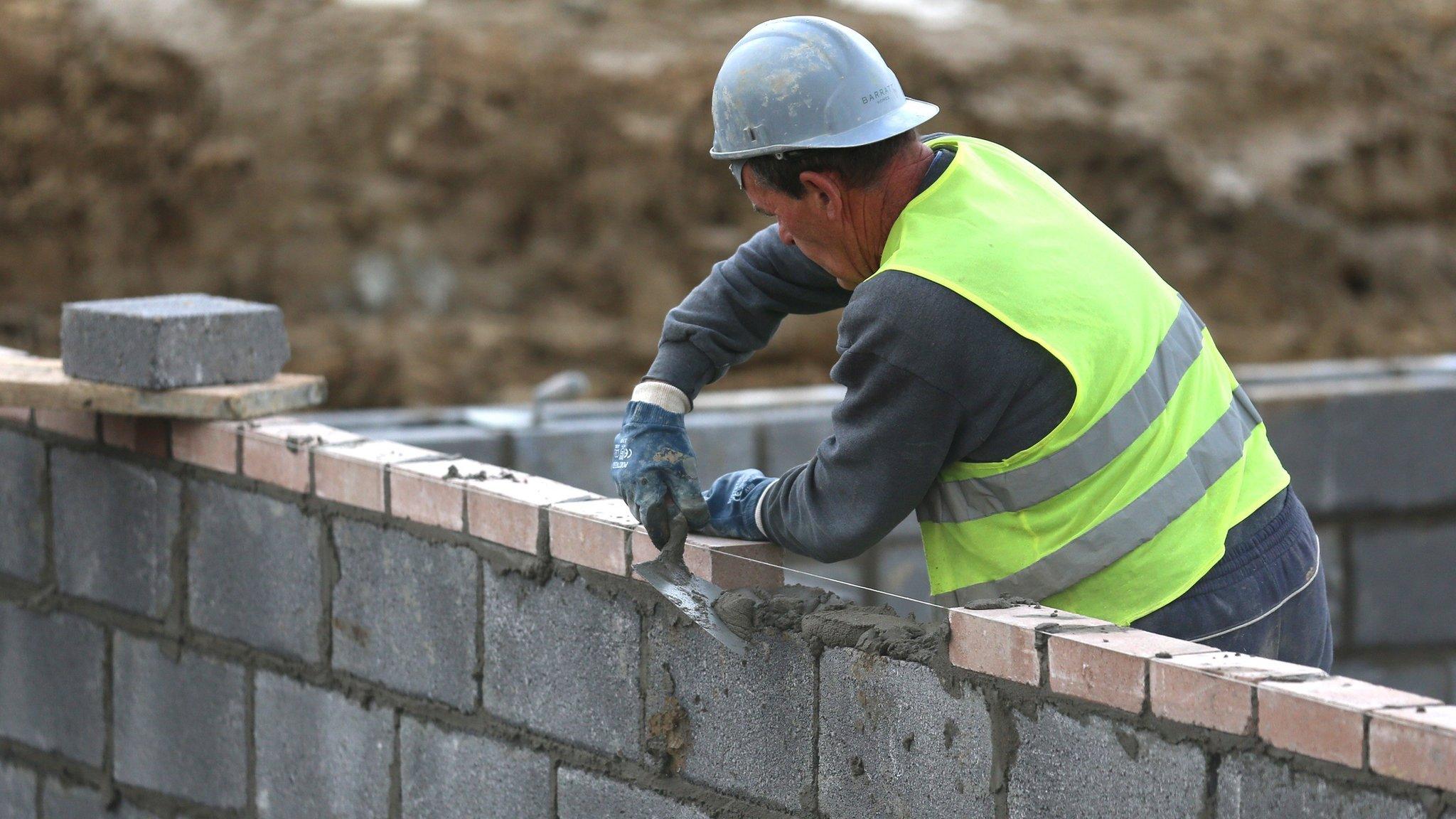
- Published9 September 2016
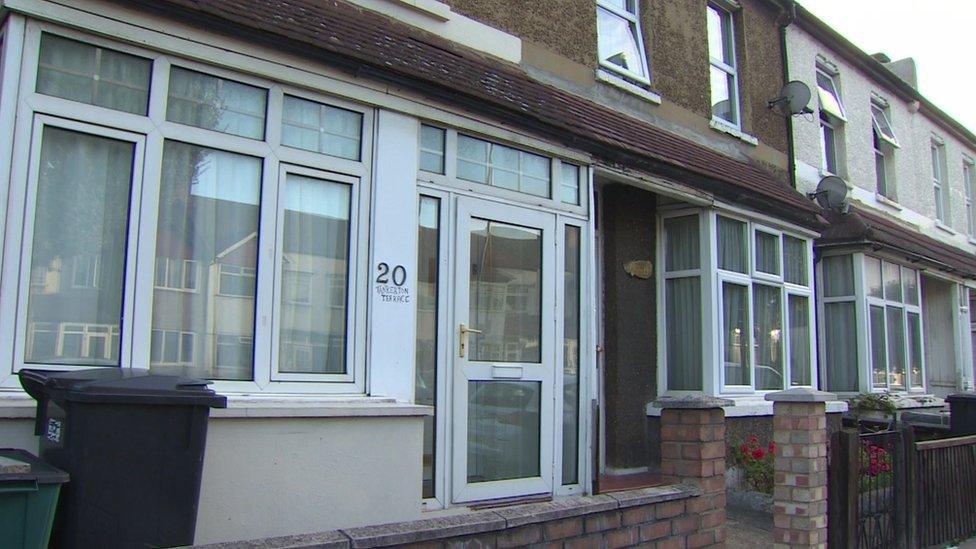
- Published13 March 2017

- Published7 February 2017
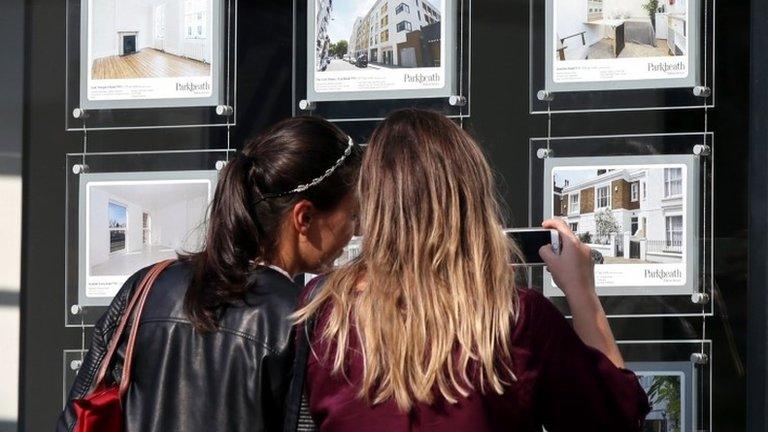
- Published31 July 2016
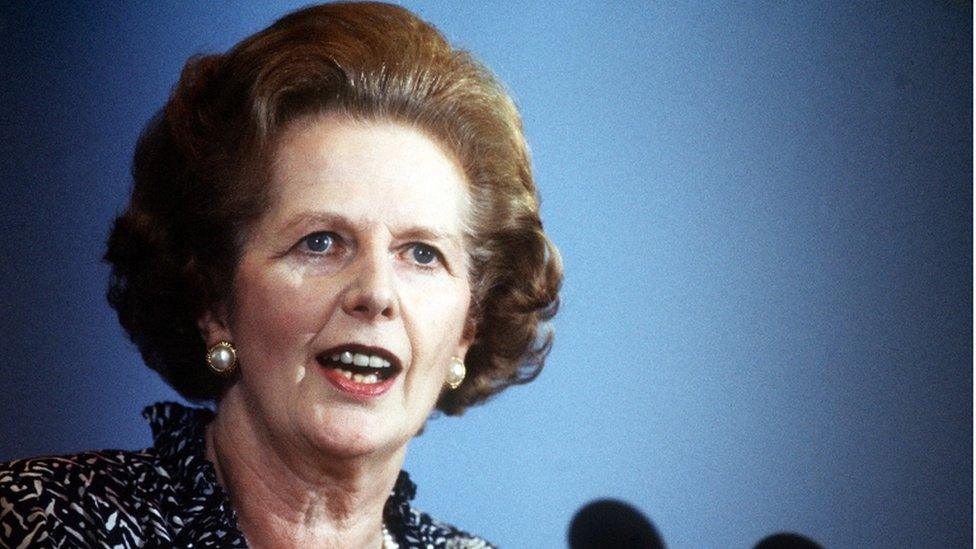
- Published20 September 2015
